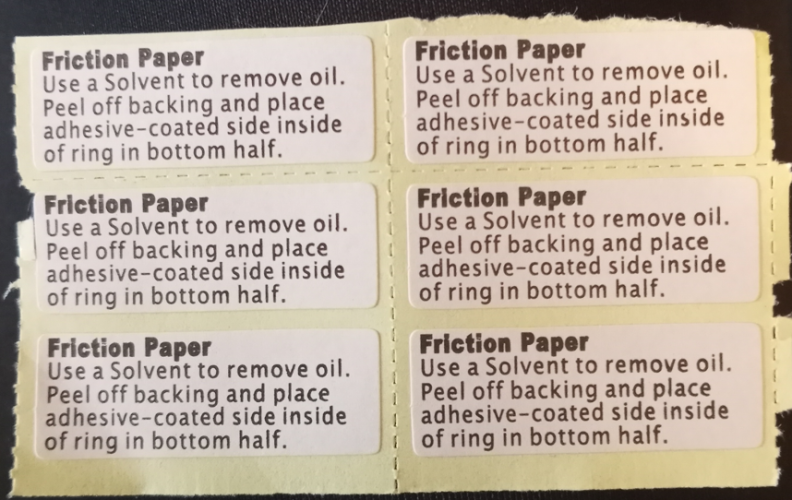dan.kirkpatrick
Well-known member
ive got that same wheeler scope honing setup and think its a good idea so it doesnt bind the scope in any ways,,ive never had issues,,im a firm believer in using the{fat wrench} torque wrench on all the screws to proper specs





